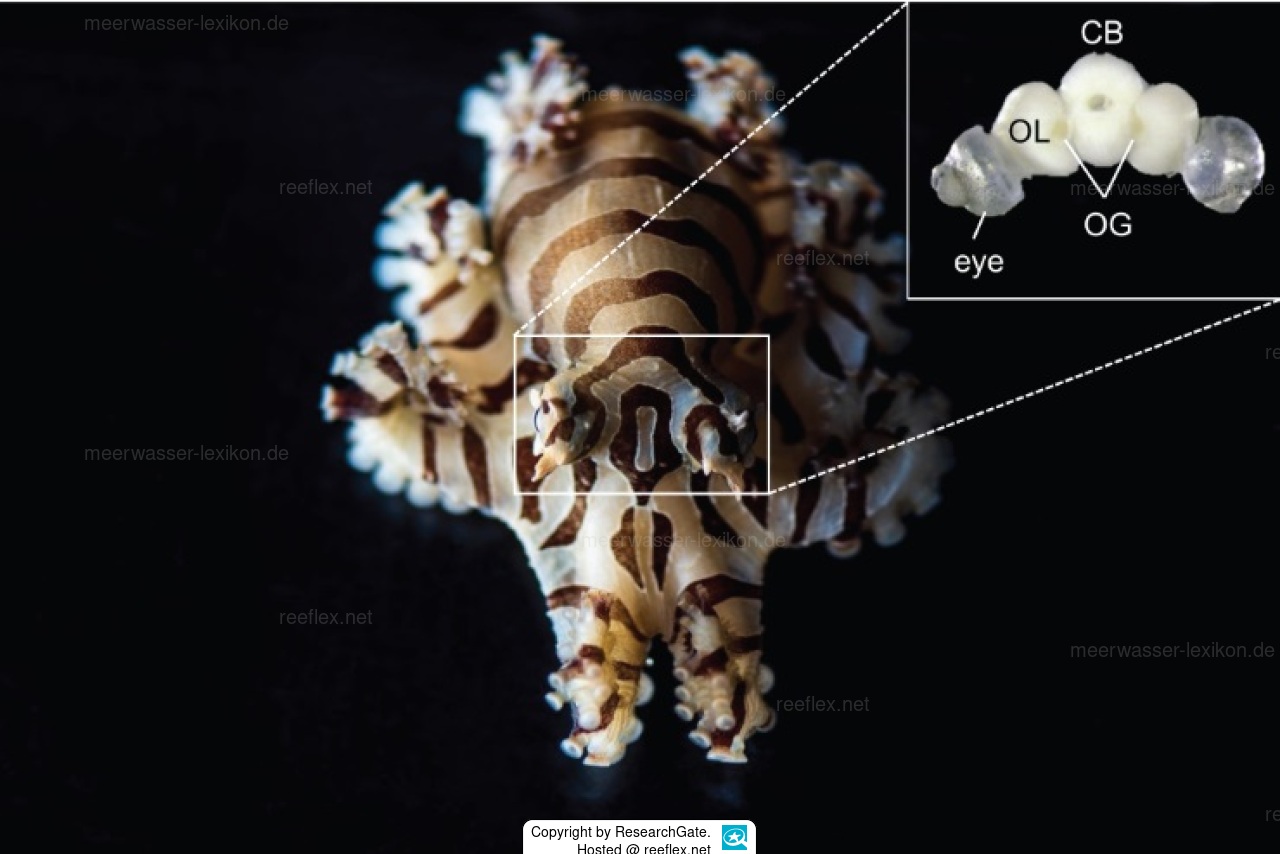Info
There are two quite similar animals, once the smaller Octopus chierchiae (Lesser Pacific Striped Octopus) and the larger Octopus (Larger Pacific Striped Octopus), but so far not scientifically described.
It is a rare species for which only a few records are available so far, and no information is available on the biology of this species, except for the mantle length of 2.5 cm and the depth range of 0 to 30 meters.
Octopus chierchiae belonged to the genus Octopus, a benthic group of squid that spend most or all of their lives on the sea floor. Juveniles remain planktonic for a small portion of their life cycle and adults of some species swim in open water among a variety of habitats.
A scientific paper featuring the octopus was published in August 2021, interested parties are encouraged to read it:
The lesser Pacific striped octopus, Octopus chierchiae: an emerging laboratory model for the study of octopuses
https://www.researchgate.net/publication/353743737_The_lesser_Pacific_striped_octopus_Octopus_chierchiae_an_emerging_laboratory_model_for_the_study_of_octopuses
It is a rare species for which only a few records are available so far, and no information is available on the biology of this species, except for the mantle length of 2.5 cm and the depth range of 0 to 30 meters.
Octopus chierchiae belonged to the genus Octopus, a benthic group of squid that spend most or all of their lives on the sea floor. Juveniles remain planktonic for a small portion of their life cycle and adults of some species swim in open water among a variety of habitats.
A scientific paper featuring the octopus was published in August 2021, interested parties are encouraged to read it:
The lesser Pacific striped octopus, Octopus chierchiae: an emerging laboratory model for the study of octopuses
https://www.researchgate.net/publication/353743737_The_lesser_Pacific_striped_octopus_Octopus_chierchiae_an_emerging_laboratory_model_for_the_study_of_octopuses







 ResearchGate
ResearchGate












